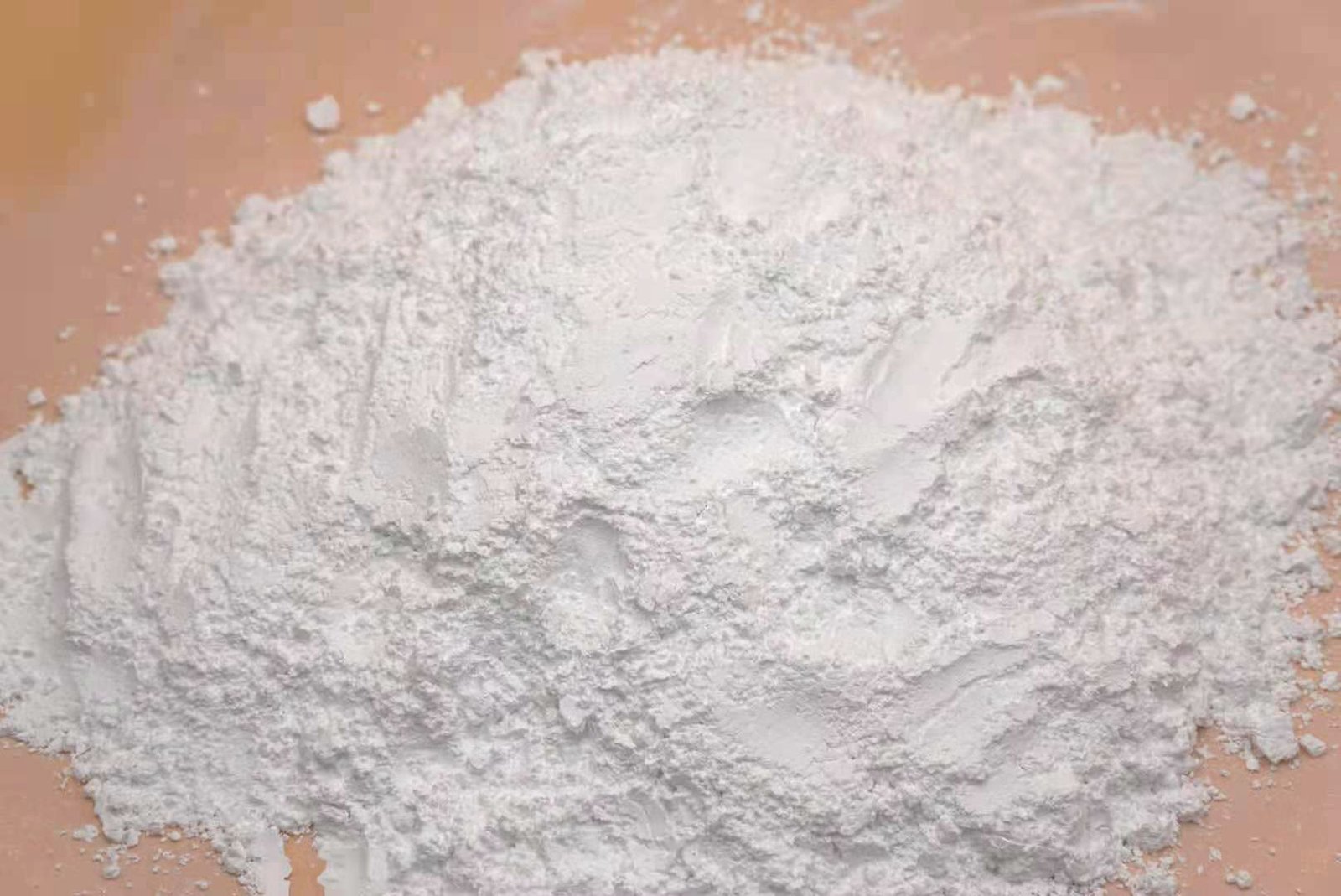Metal oxides
ATH is synergistic with many metal oxides and it has been reported in the literature that ATH can be used with oxides of Ni, Zn, Mn, Zr, Sb, Fe and Ti to produce synergistic effects. Among them, the oxides of Fe and Sb are more prominent in improving the flame retardant efficiency and dispersibility.

Alkaline earth metal hydroxides
The decomposition temperature of ATH is 200°C and that of Mg(OH)2 is 430°C. The use of both can compensate for the lower decomposition temperature of ATH, which leads to lower flame retardancy of the material, and can make the compound flame retardant have better flame retardant effect during the oxidation and decomposition of the material. It has been reported that the low addition (<30%) of Mg(OH)2 to ATH flame retardant has a catalytic effect, especially to improve the carbonisation effect of the material; when the amount of Mg(OH)2 and ATH are the same, there is the best synergistic effect in polypropylene. It was found that the mixture of ATH/Mg(OH)2 can inhibit the combustion of polymer materials in a wide range by dehydration and heat absorption reaction in the range of 235~455°C.
Synergistic effects with organosilicides
Silicone compounds are not widely used in flame retardant polymers, but they are also effective synergists for inorganic flame retardants such as ATH. For example, SFR-100 produced by GE is compatible with resin, and its addition can greatly reduce the amount of ATH added, thus improving the mechanical properties of the system, thermal stability and surface finish, and even under the conditions of high ATH filling, the rheological properties are still very good. Another report: a silicone compound flame retardant synergist ZD, a small amount of EVA / ATH system added, its oxygen index increased by 13% (up to 34), and burning completely without dripping phenomenon, while being able to maintain good mechanical properties.


